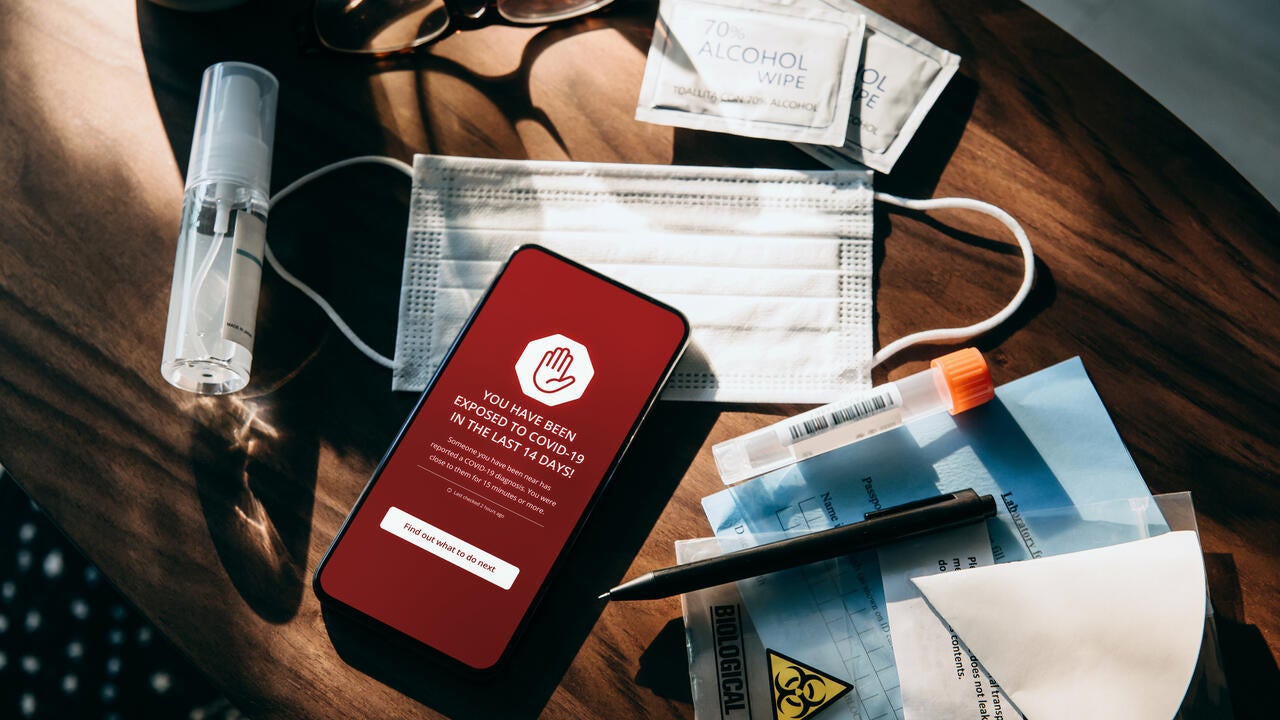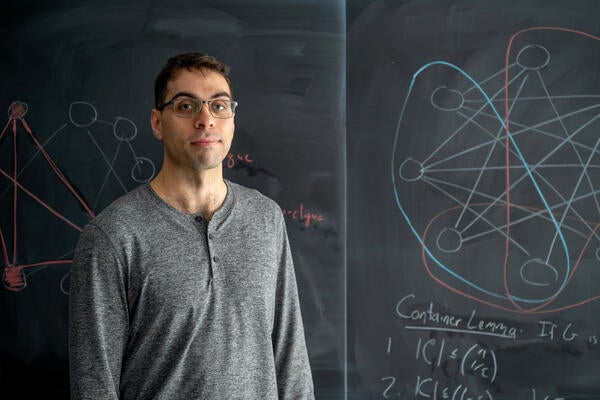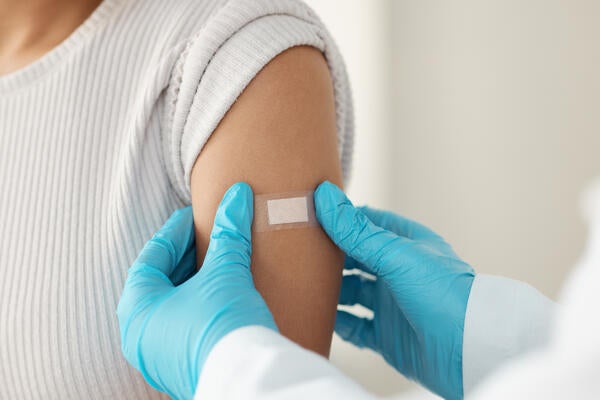
New program can help COVID alert app improve vaccination campaigns
New program can be added to the COVID alert app used on smartphones to better target vaccination campaigns

New program can be added to the COVID alert app used on smartphones to better target vaccination campaigns
By Media RelationsResearchers are developing a program that could be added to the COVID alert app used on smartphones to better target vaccination campaigns.
The COVID alert app is based on the Google-Apple exposure notification API (GAEN API), a functionality that the tech companies rolled out in April 2020. The Canadian government built an app around the GAEN API, which became the COVID alert app, and managed the system for uploading positive cases. The COVID alert app tracks the contacts an individual has by virtually pinging the smartphones of those around them.
The innovation in the add-on the researchers developed is to use the app to target vaccinations. Instead of targeting specific geographies or demographic groups, the researchers propose a strategy based on individual contacts.
“Digital contact tracing apps can be a simple way to optimize vaccination strategies without people having to give up private information,” said Mark Penney, a researcher in the Department of Applied Mathematics at the University of Waterloo.
Penney and co-authors recently released a research study showing that such a strategy would almost half the number of vaccines required to bring the pandemic under control.
The new program was specifically designed with privacy in mind and only keeps a record of the number of contacts, not any location or other personal data. The add-on was purposefully made to be “a blunt tool,” said Yigit Yargic, a PhD researcher at the Perimeter Institute for Theoretical Physics and one of the co-investigators on the study.
“We don’t want to be able to identify who someone contacts or where they go,” he said. “All that we need to know is how many total contacts someone may have. The app keeps a cryptographic token, like a digital handshake, for any contact. It would then prioritize people who have the most contacts for vaccinations.”
The research project started at the onset of the pandemic and was in progress when there was a scarcity of vaccines in Canada. As the vaccine rollout began, the strategy used in Ontario was to prioritize vaccines to regions or demographics that were deemed most at risk. The new app takes that same strategy to another level by targeting not just hotspots or vulnerable populations but the people, for whatever reasons, most likely to be vectors for spreading the virus.
“The app might tell you, if you were an essential worker and coming into contact with lots of people, that you should get a vaccine,” said Penney. “If you’re a person working from home and not meeting many people, you probably wouldn’t get a notification to get vaccinated. The point is to target the people who are most likely to spread the disease.”
The results of the modelling and simulations for the new app were a resounding success, resulting in a massive increase in the effectiveness of a limited number of vaccines. However, Yargic points out, “the version of the app used in the model is idealized in the sense that only those selected would get the vaccine, and everyone the app selected ends up being vaccinated.
The researchers highlighted that the program can also be used for other infectious diseases. For example, it could be a tool to inform people if they should get a regular flu shot based on their contact patterns.
Penney and Yargic’s research paper, “Hot-spotting’ to improve vaccine allocation by harnessing digital contact tracing technology: an application of percolation theory,” with co-authors Lee Smolin, Edward W. Thommes, Madhur Anand and Chris T. Bauch, was published in the journal PLoS ONE.

Dr. Chris Bauch, a professor of Applied Mathematics at the University of Waterloo, is part of a team that has developed a new approach to help public health officials predict where outbreaks might occur. (Elisabetta Paiano/University of Waterloo)
Read more
New research demonstrates that vaccine skepticism on social media can predict public health crises

Read more
Waterloo researcher Cameron Seth is breaking down the world’s hardest computer science problem piece by piece

Read more
New study shows updated 2024–2025 vaccines remain effective against severe outcomes
The University of Waterloo acknowledges that much of our work takes place on the traditional territory of the Neutral, Anishinaabeg, and Haudenosaunee peoples. Our main campus is situated on the Haldimand Tract, the land granted to the Six Nations that includes six miles on each side of the Grand River. Our active work toward reconciliation takes place across our campuses through research, learning, teaching, and community building, and is co-ordinated within the Office of Indigenous Relations.